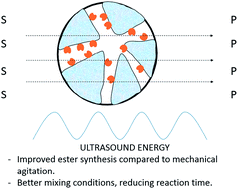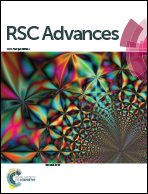Ultrasound technology and molecular sieves improve the thermodynamically controlled esterification of butyric acid mediated by immobilized lipase from Rhizomucor miehei
Abstract
In this research, the effects of ultrasound stirring and the addition of molecular sieves on esterification reactions between butyric acid and several alcohols catalyzed by immobilized lipase from Rhizomucor miehei (Lipozyme RM-IM) were studied. Among the tested alcohols, 1-propanol and isobutanol allowed the highest activities, whereas Lipozyme RM-IM showed poor activities for esterification using secondary and tertiary alcohols. Different solvents were also tested and n-hexane was selected because of its reaction effects, besides being cheaper, available at low boiling point, and ease of recovery. Using the preselected alcohol and solvent, other reaction parameters (butyric acid concentration, temperature, substrate molar rate, and biocatalyst content) were studied to optimize the reaction conditions. Optimal conditions were acid concentration, 0.7 M; substrate molar ratio, 1 : 1 alcohol–acid; temperature 45 °C; biocatalyst content, 14% (by substrate mass). Under these conditions, it was possible to obtain a yield of 86% of butyl butyrate in 2.5 h. When molecular sieves (90 mg mmol−1 butytic acid) were added to the reaction, the observed yield increased to 96%. The biocatalyst was used in 5 successive reaction cycles keeping 100% of its initial activity. The overall process productivity was improved 2-fold when compared to the traditional mechanical agitation, showing that ultrasound is a promising technology for application in biocatalysis.


 Please wait while we load your content...
Please wait while we load your content...